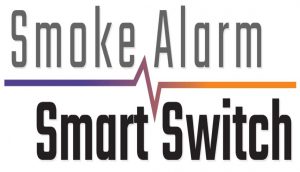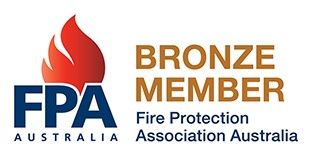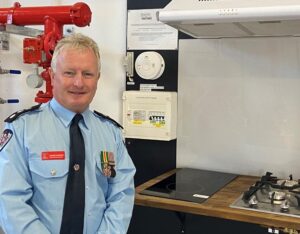
A FIRE in a commercial premise can be devastating, particularly if you do not have insurance or have not kept fire safety equipment up to date.
But, if you are a tenant, who is responsible for fire safety under your lease: you or the landlord?
There are many issues regarding fire safety and compliance in commercial premises. This article will explain whether it is the responsibility of the landlord or you to maintain fire safety standards on a property.
Who is Responsible for Installing and Maintaining Fire Equipment?
Your lease should specify who has the responsibility for the installation of fire safety equipment and any maintenance obligations. While a good lease should explain the responsibilities of you and the landlord, there are also some other legal principles that underpin a lease.
Legally, the landlord has an obligation to:
- ensure that you can safely use the property for the use specified in the lease;
- get insurance for both the building and for public liability;
- comply with all strata directions and pay strata rates (if the property is in a strata scheme);
- install fire safety equipment for the building; and
- comply with all local government regulations regarding fire safety on the property, such as constructing adequate fire escapes and properly signing fire exits.
Subject to the contents of the lease, you usually have a duty as the tenant to maintain fire equipment and comply with any maintenance obligations. Furthermore, you must comply with fire safety regulations for the business. This will require you to comply with the building’s fire safety policy, which may include:
- the appointment of fire wardens;
- participating in training drills; and
- regularly servicing equipment such as extinguishers, smoke alarm batteries and sprinkler systems.
What Should I Check Before Entering Into a Lease?
Before agreeing to lease premises, you should check that the fire safety is in order. You need to pay careful attention to whether:
- there is fire equipment installed in the premises, noting that this should include fire extinguishers, fire sprinklers, fire blankets and fire alarms;
- this equipment is located in an accessible place;
- all fire exits are clear with properly lit exit signs;
- fire exits are accessible for people with disabilities;
- ceilings and walls are made with suitable materials or are fireproof; and
- there are fire certificates for the premises that certify that the landlord has regularly and properly serviced the fire equipment.
If in doubt, engage a fire safety expert for a building report. For strata premises, you should seek access to the owner’s corporation records surrounding fire safety. You want to ensure that the landlord is compliant before you commit to leasing the property.
Can a Landlord Shift the Fire Safety Obligations to Me?
It is common for a commercial lease to require the landlord to ensure the premises are fire compliant and has the appropriate safety equipment. However, you as the tenant may have an obligation to maintain and service that equipment during the term of the lease.
However, the type of maintenance that you are required to do only needs to be that which upkeeps the premises. It is the responsibility of the landlord to take care of any structural work.
When determining whether the work that the landlord is asking you to do is upkeep or structural, courts will consider whether it is ‘structural in nature’.
When work is ‘structural in nature’, it converts the condition of the building from unsafe to safe. If so, then the work is the responsibility of the landlord.
Key Takeaways
Fire safety is extremely important and should not be overlooked when you enter into a lease. As a tenant, you should make sure that you:
- consider the terms of the lease to work out what your fire safety obligations are;
- know what sort of fire safety equipment is already in place;
- understand what the landlord’s obligations are; and
- understand what is considered ‘structural’ when it comes to repair work.



